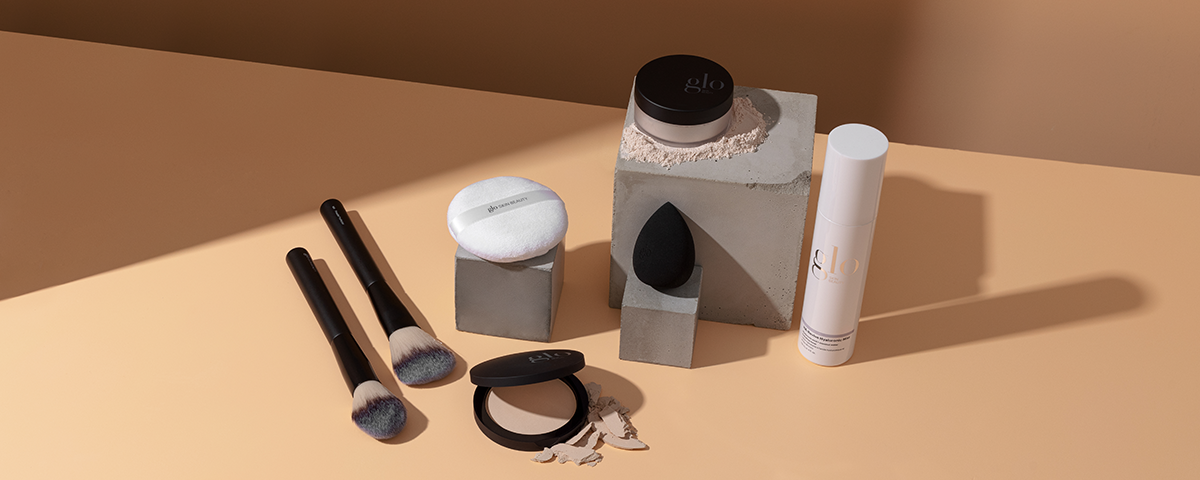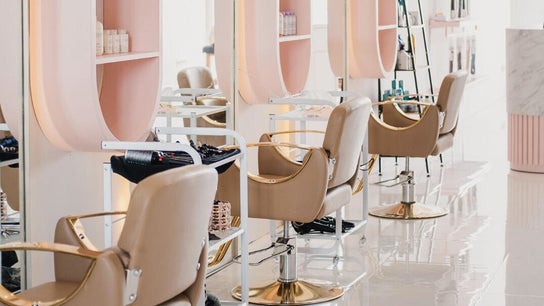
When it comes to creating a flawless makeup look, powders play a significant role in setting foundation and ensuring longevity. In the beauty world, the terms “loose powder” and “setting powder” are often used interchangeably, although they serve distinct purposes in your makeup routine. Whether you’re in Singapore or anywhere else, understanding these differences can significantly elevate your complexion game.
Is Setting Powder or Loose Powder Better?
The choice between setting powder and loose powder largely depends on individual makeup needs, skin type, and personal preference.
Loose powder is exactly what it sounds like – a finely milled powder that comes in a jar or container without being pressed into a compact. Typically featuring a lighter consistency, loose powder is designed to:
- Set foundation and concealer
- Reduce shine and absorb excess oil
- Create a matte or natural finish
- Provide minimal additional coverage
Setting powder, on the other hand, refers to any powder specifically formulated to “set” or lock in cream or liquid products. Setting powders can come in both loose and pressed forms and are typically designed to:
- Extend the wear time of foundation, concealer, and cream products
- Prevent creasing and smudging
- Create a seamless finish
- Reduce the transfer of makeup onto clothing or masks
Ultimately, there’s no definitive answer as to which is better; it comes down to the finish you desire and your skin type. If you prefer a matte, long-lasting finish with all-day wear, setting powders might be your best bet. For a more natural, radiant, luminous finish, loose powders can offer the perfect finishing touch to your makeup.
Can I Use Loose Finishing Powder as Setting Powder?
Yes, loose finishing powder can serve as a setting powder, although there are important nuances to consider. While both types serve to prolong makeup wear, a finishing powder is typically applied after setting powder to blur fine lines and create a more airbrushed effect on the skin.
However, if you’re in a pinch, a loose finishing powder can serve as a setting powder, but it may not offer the same oil-control benefits or long-lasting hold as a dedicated setting powder. The formula of finishing powders often focuses more on luminosity and radiance rather than mattifying properties.
What Goes First, Setting Powder or Loose Powder?
The terminology might be confusing, as ‘setting powder’ and ‘loose powder’ can sometimes refer to the same product. In practice, the order of application is not about type but purpose:
- Setting Powder should be applied immediately after liquid products, such as foundation and concealer, to set the makeup and lock it in place.
- Loose Finishing Powder, if used separately, is used to create a polished look and minimise texture.
If you’re using a translucent loose powder as your setting powder, apply it directly after your liquid products using a fluffy brush for the most natural-looking application.
What is the Best Pressed Setting Powder?
Pressed setting powders are beloved for their convenience and spill-free packaging, making them ideal for touch-ups on the go, especially in Singapore’s humid climate, where makeup needs frequently refreshing. Here are some top contenders beloved by beauty enthusiasts:
- Laura Mercier Translucent Pressed Setting Powder: Known for its smoothing, long-wear finish that adds no weight to the skin.
- MAC Studio Fix Perfecting Powder: Offers a gentle matte finish and can be reapplied numerous times without caking.
- Charlotte Tilbury Airbrush Flawless Finish: Praised for its blurring technology that effectively smooths out imperfections.
- Maybelline Fit Me Loose Powder: An affordable option that provides excellent shine control and a smooth complexion.
How to Choose Between Loose and Setting Powder
When shopping for face powder in Singapore or online, consider these factors:
- Skin Type: Oily skin benefits from mattifying setting powders with ingredients like silica and zinc oxychloride, while dry skin types might prefer hydrating loose powders with fewer oil-control ingredients and more mica for a radiant finish.
- Desired Finish: For a natural, luminous finish, opt for a sheer loose powder containing light-reflecting particles, such as mica. For a flawless matte finish that will last all day, choose a setting powder specifically formulated with silica and talc to control shine.
- Application Method: Consider whether you prefer using a pressed powder with a compact for on-the-go touch-ups or if you’re comfortable with loose powder that requires a separate brush. Pressed powders typically contain magnesium stearate to help them adhere to the press form.
- Colour Options: While many prefer translucent powder for its versatility, some situations call for colour-correcting formulas with iron oxides (CI 77491, CI 77492, CI 77499) and titanium dioxide to match your foundation perfectly.
Both loose powder and setting powder have valuable places in your beauty routine, complementing each other to achieve your desired complexion goals. Whether you’re looking for a translucent powder to set your foundation or a finishing powder to add a final radiant touch, understanding their distinct roles will help you make an informed decision tailored to your skin’s needs and your makeup objectives.








